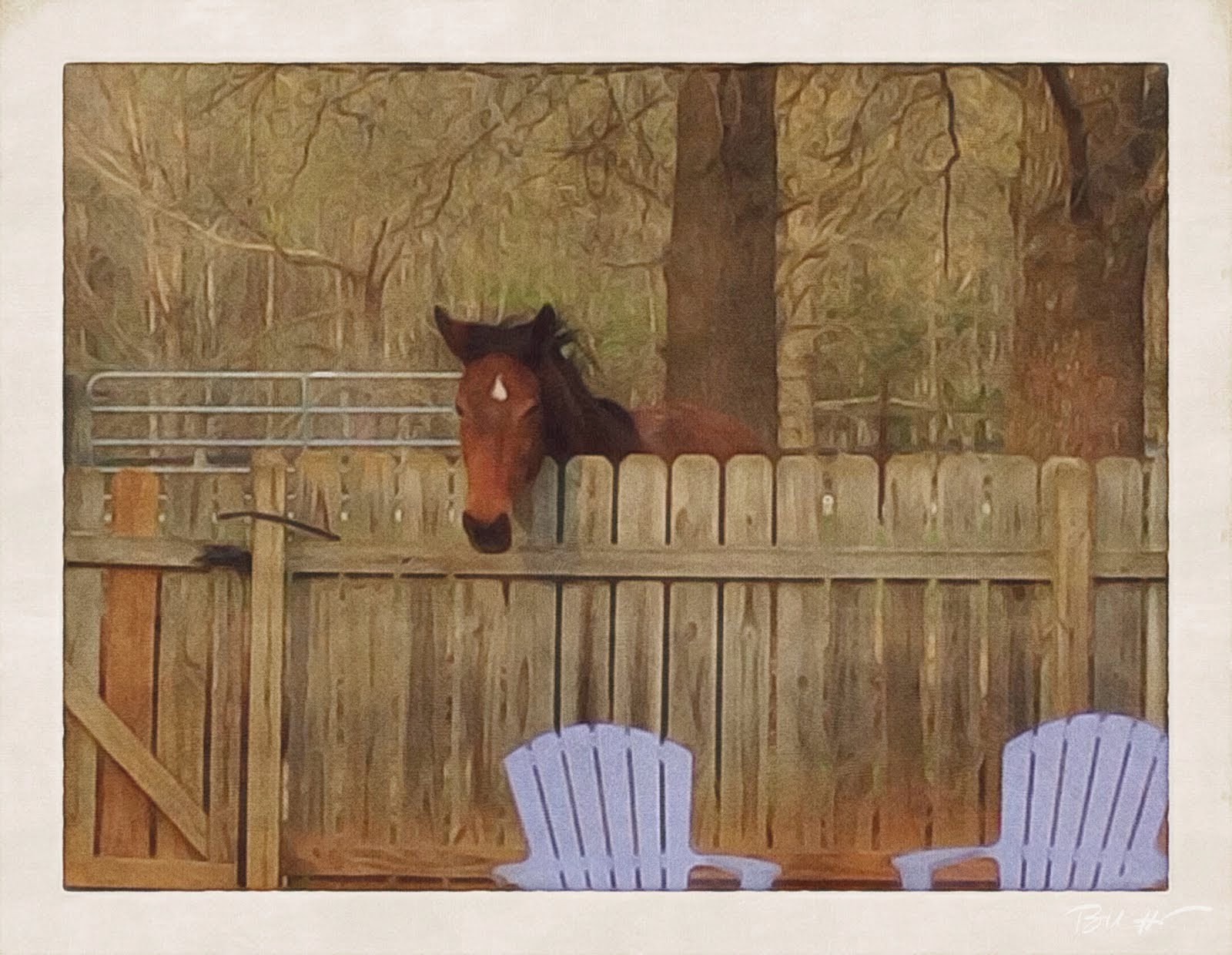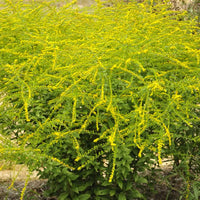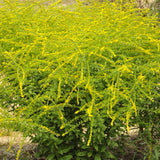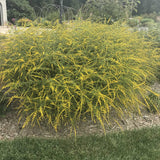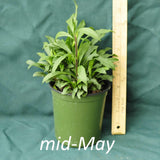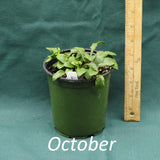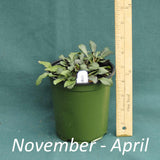I try to figure out good places to put things, but sometimes I make a poor choice and the plant I put in a certain part of the garden doesn’t end up doing well there. I’ve learned not to fight that. If something dies or seems puny after one season, I move it elsewhere and see if I can find a better spot for it.
This Atlantic blue-eyed grass has come up with a bang this spring and is already blooming. I think I made a good choice for it, but we’ll see how it does through the summer.
I have this in front at the border of this bed, and I love how it looks against everything around it.
Today I did a lot of weeding, though still much to do, and I was shocked that in only a couple of days many plants have had growth spurts. The echinacea has budded, and things that weren’t up at all are now peeking out. There are at least 25 plants I haven’t featured here yet, and I was tempted to take lots of photos and feature more than one, but decided to keep weeding instead.
I desperately need to order my mulch and get that done, but I was trying to finish up a few other things before having it delivered, as it will take several solid days for me to get all the mulching done. It would help with the weeds, though!
Anyway, it’s cooler today and although the wind is blowing quite a bit out there, it was perfect weather for gardening. I tend to do everything with my hands, and decided today I’m going to have to get my hoe out and stop trying to pull every single weed individually with my own bare fingers. I’ve always preferred that to using tools, and there will always be areas best done by hand, but at this point I need something to help speed this work a bit.
More info:
Sisyrinchium atlanticum
Sisyrinchium atlanticum E.P. Bicknell
Eastern Blue-eyed Grass
Iridaceae (Iris Family)
Synonym(s): Sisyrinchium apiculatum, Sisyrinchium mucronatum var. atlanticum
USDA Symbol: siat
USDA Native Status: L48 (N), CAN (N)
A grass-like, clumped perennial, to 20 in. high, with pale-green foliage and flattened flowering stems terminating in loose clusters of pale-blue, six-petaled, yellow-centered flowers.
A member of the iris family (family Iridaceae) which consists of herbs growing from rhizomes, bulbs, or corms, with narrow basal leaves and showy clusters at the tips of long stalks. There are about 60 genera and 1,500 species, distributed in temperate and tropical regions. Among them, Iris, Freesia, Gladiolus, Bugle Lily, and Montbretia are popular ornamentals. Saffron dye is obtained from Crocus, and essence of violets, used in perfumes, is extracted from the rhizomes of Iris.
